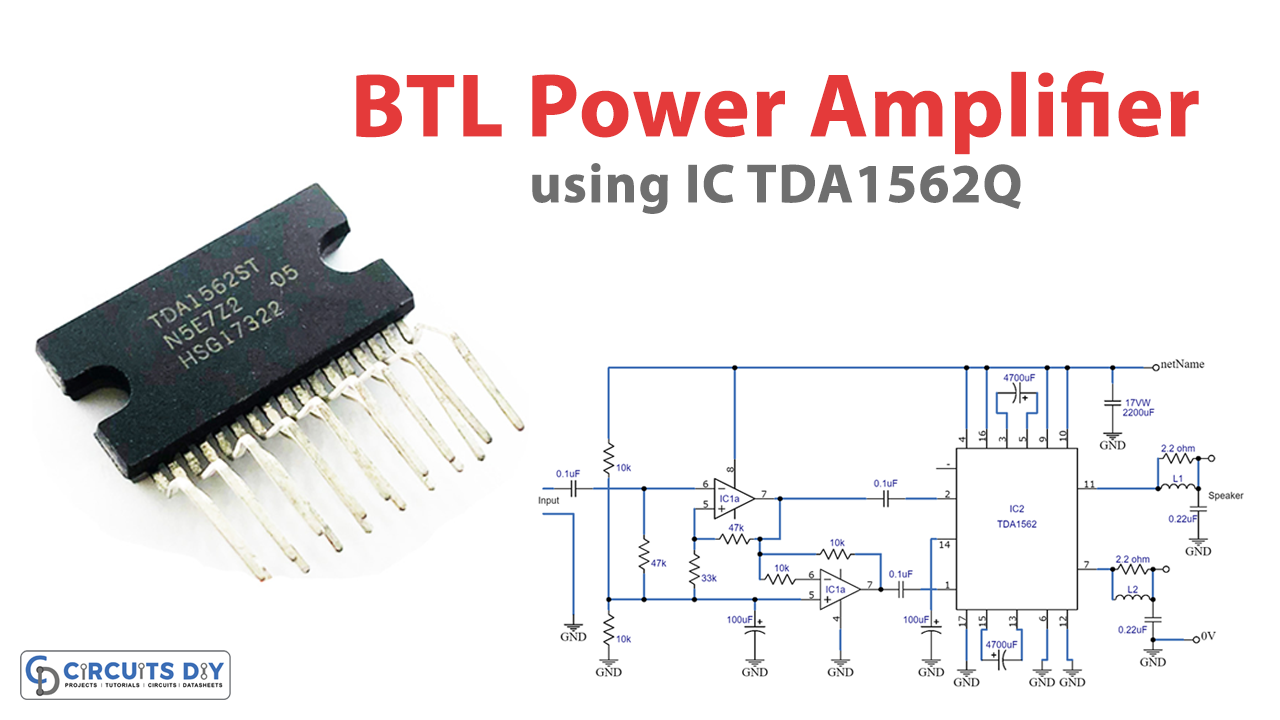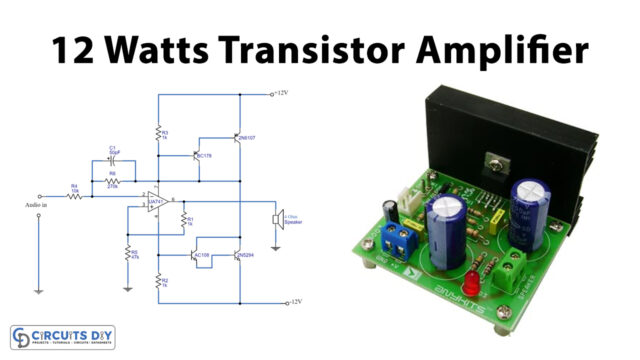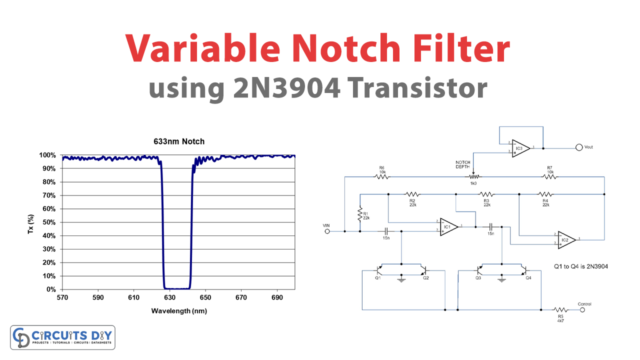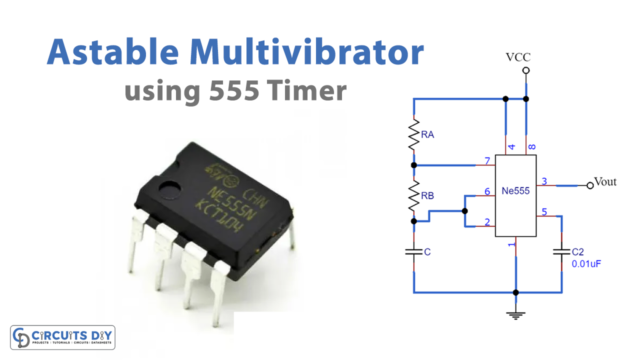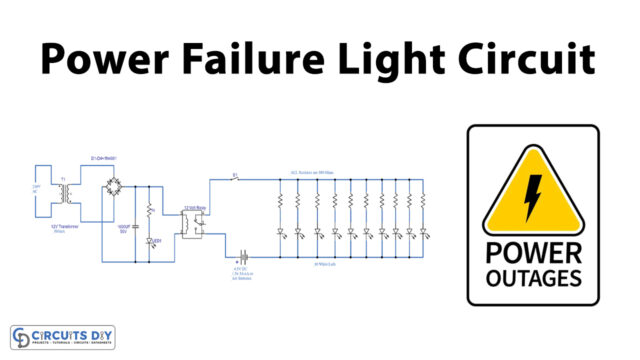Introduction
Are you in search of a compact and efficient audio amplifier circuit? Look no further than the 36 Watt BTL Power Amplifier Circuit using the IC TDA1562Q. This integrated circuit, developed by NXP Semiconductors, offers high output power and low distortion in a compact package, making it the perfect choice for your audio amplification needs.
This guide will show you how to assemble a 36-watt BTL power amplifier circuit using the TDA1562Q. The TDA1562Q features built-in thermal and short-circuit protection, ensuring the safety and reliability of your audio system. With its high power output and low distortion, this circuit is the perfect solution for anyone looking to improve the sound quality of their audio setup. Whether you’re an experienced electronics hobbyist or just starting, this guide will provide you with all the information you need to build a powerful and reliable audio amplifier circuit. So let’s dive into this tutorial!
Hardware Required
You will require the following hardware for 36 Watt BTL Power Amplifier Circuit.
| S.no | Components | Value/Model | QTY |
|---|---|---|---|
| 1 | IC1 | TL072 | 2 |
| 2 | IC2 | TDA1562Q | 1 |
| 3 | Polar Capacitor | 100, 4700, 2200 | 2, 2, 1 |
| 4 | Non Polar capacitor | 0.1uF, 0.22 | 4, 2 |
| 5 | Inductor | – | 2 |
| 6 | Resistor | 10k, 47k, 33k, 2.2 | 4, 2, 1, 2 |
Circuit Diagram

Working Explanation
The circuit is designed with a minimalist approach and uses only a few components. The 36 Watt Power Amplifier Circuit ha the Philips H-Audio Amplifier IC as its heart. It can deliver a powerful 36 Watt RMS output or 70 Watt audio power output, all from a 14 Volt power supply. Despite its compact size, this “Midget Amplifier” can deliver a substantial amount of power to a 4-ohm loudspeaker, making it ideal for various applications.
Final Words
Using the TDA1562Q, you can build a powerful and efficient 36 Watt BTL Power Amplifier Circuit that delivers high-quality audio output. So grab your soldering iron and get ready to upgrade your audio system with a compact and efficient 36 Watt BTL Power Amplifier Circuit.


